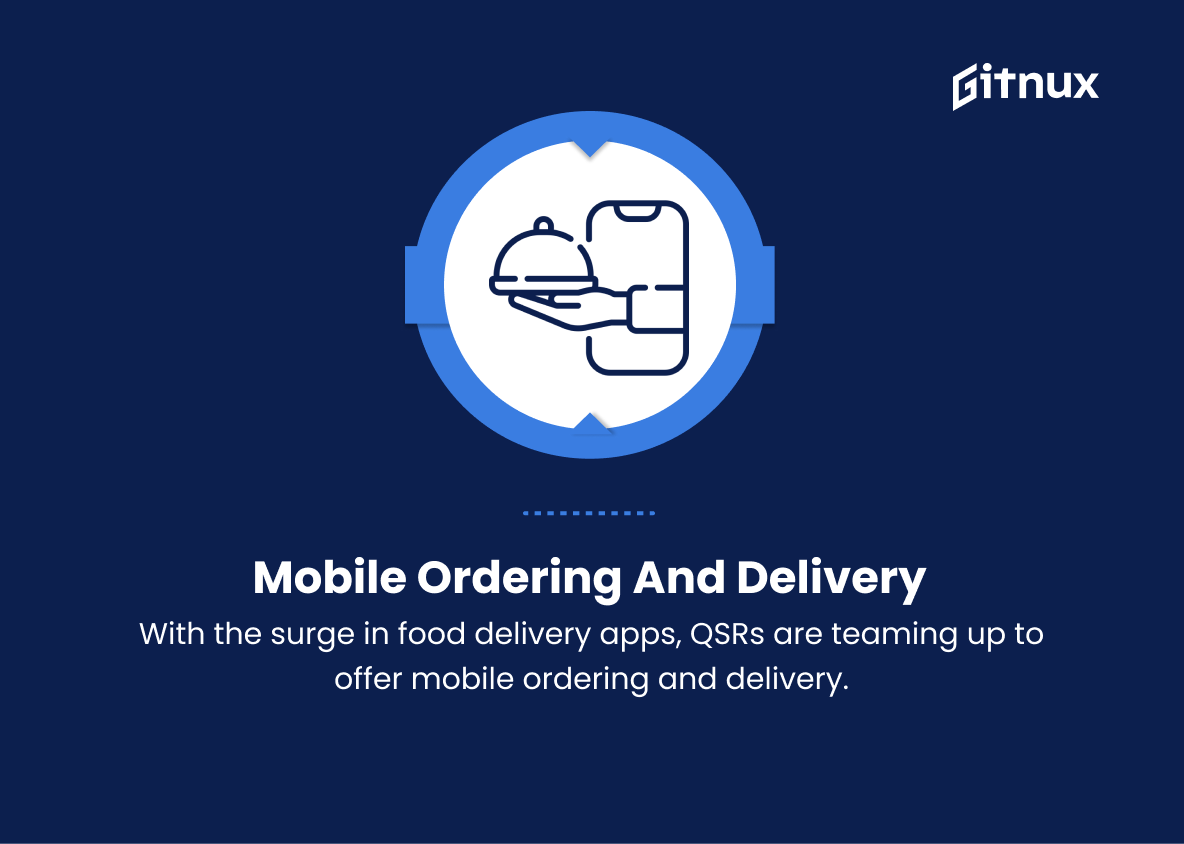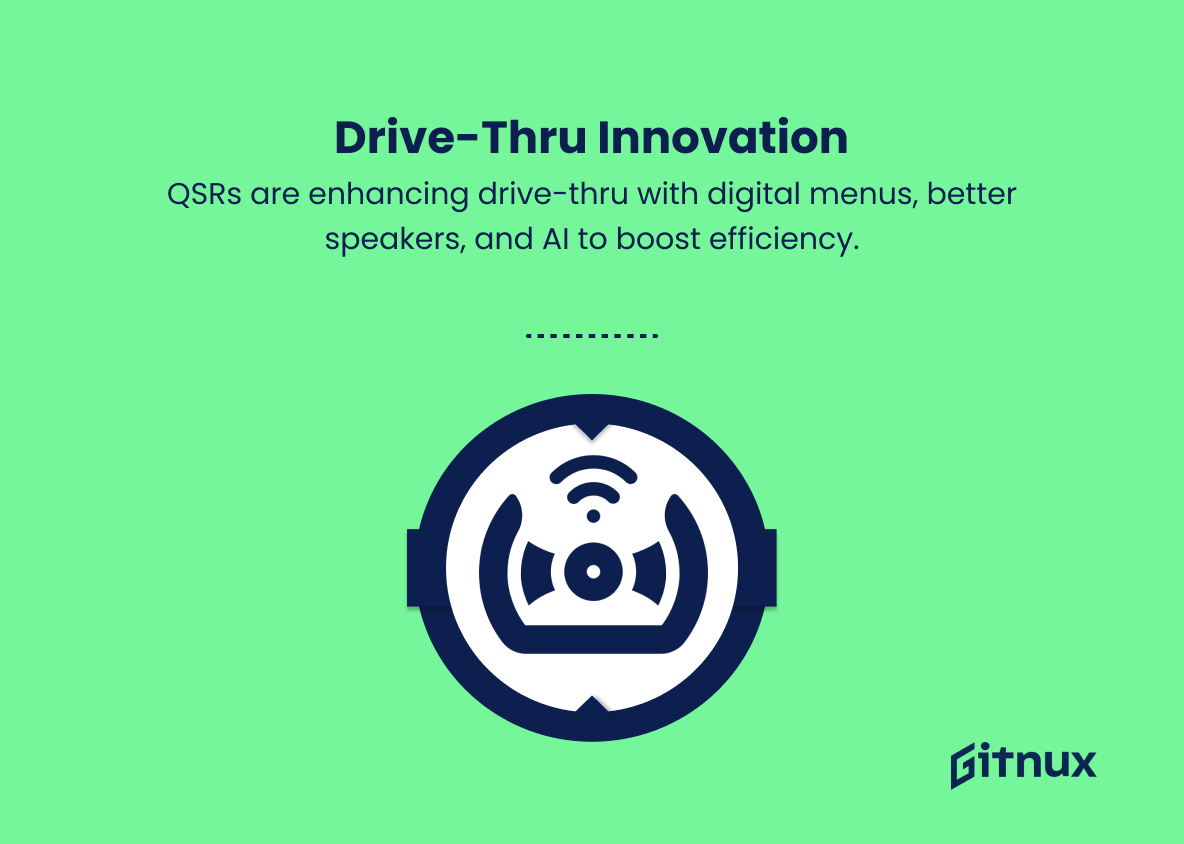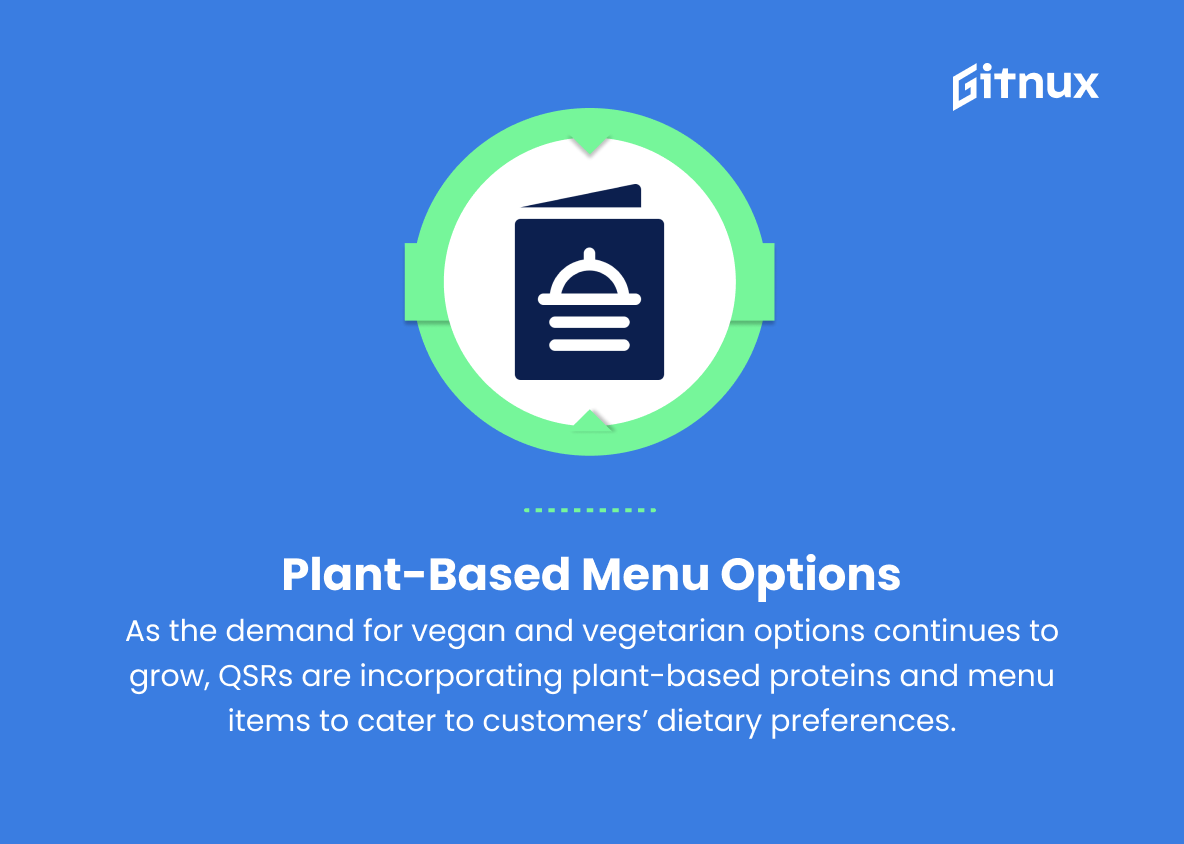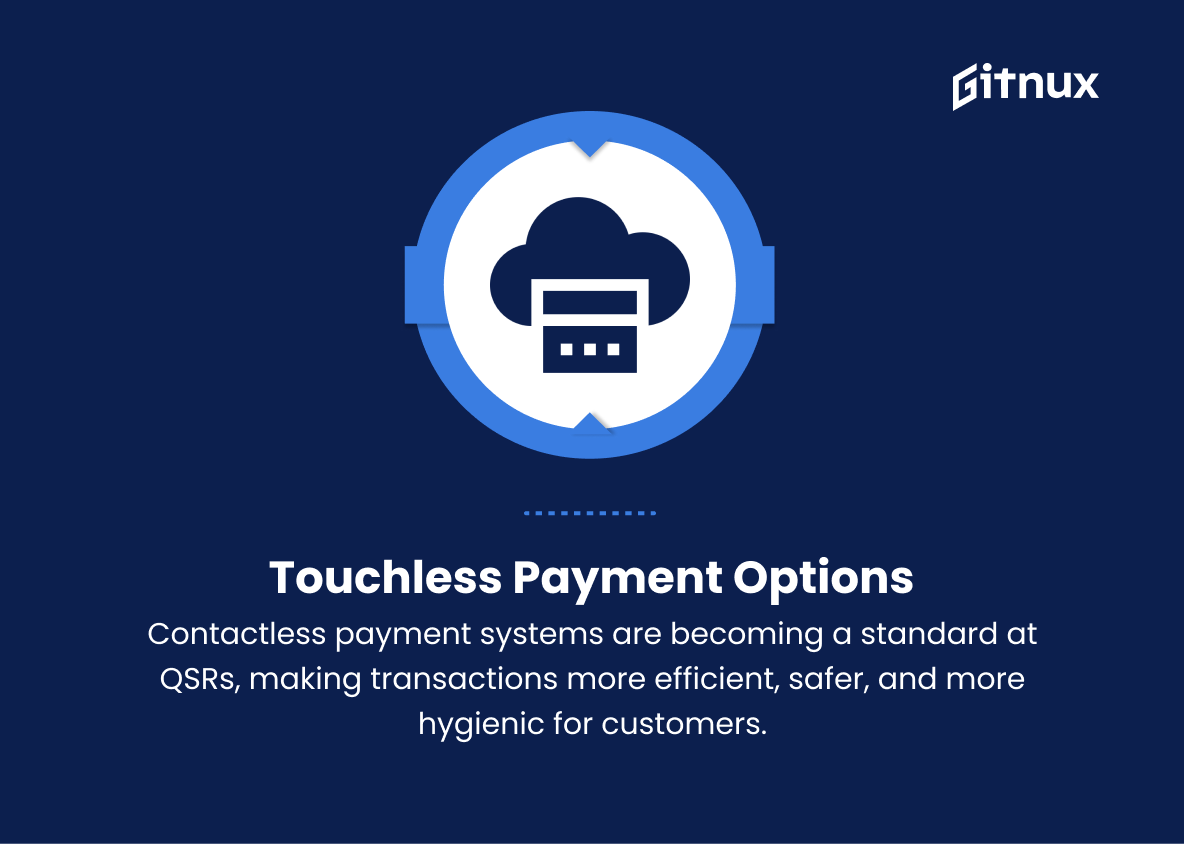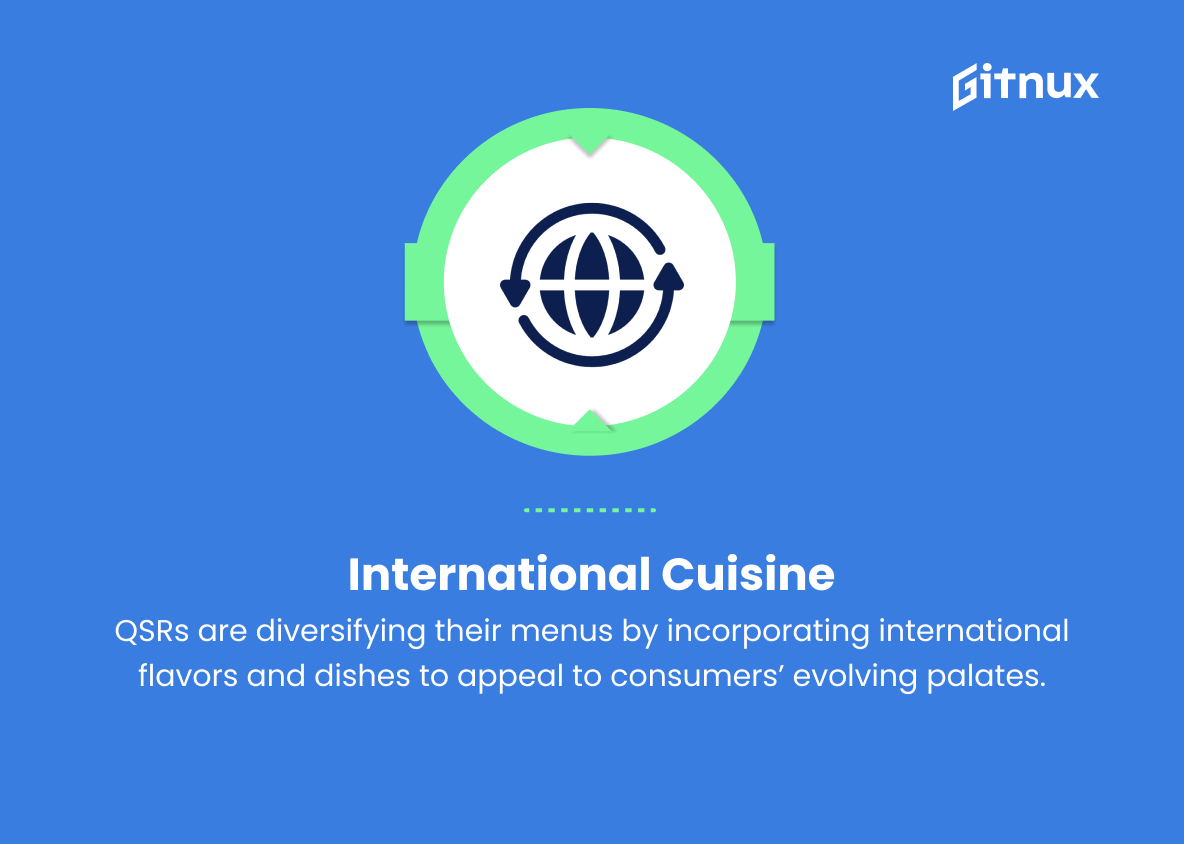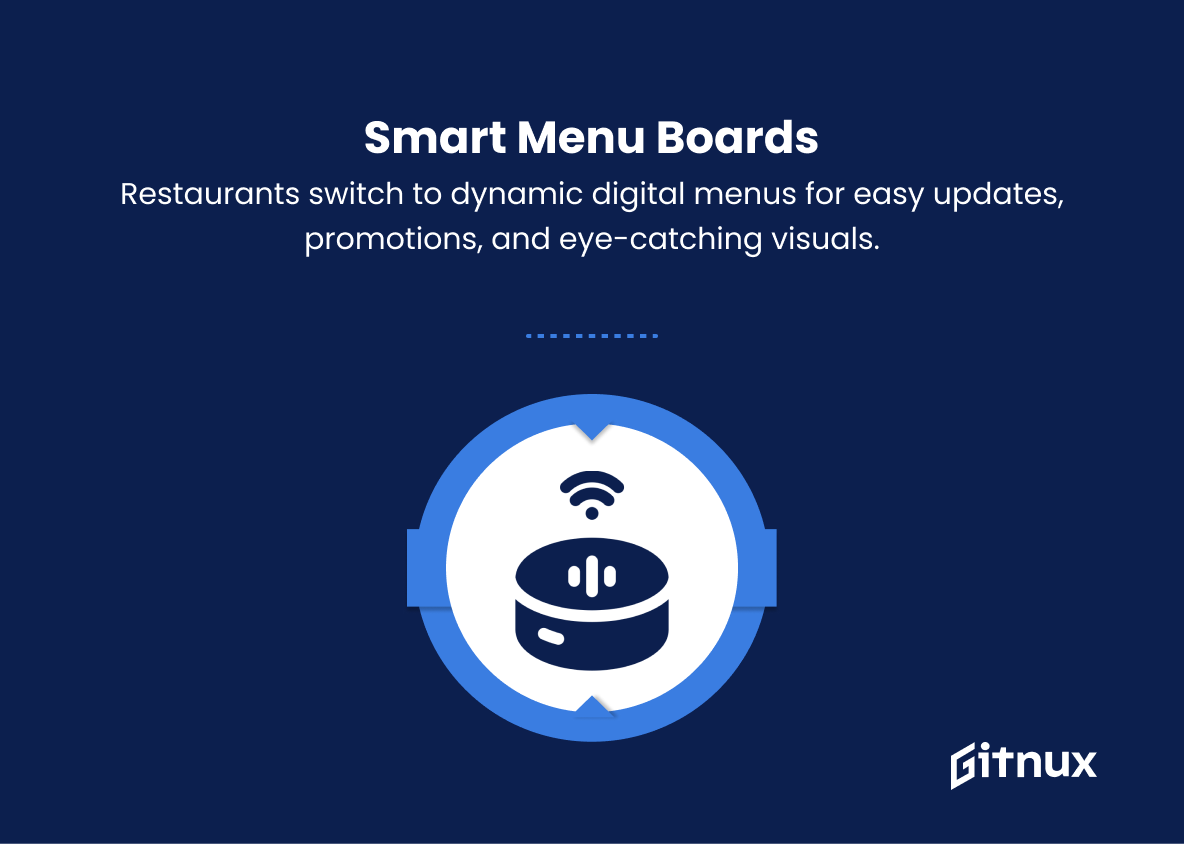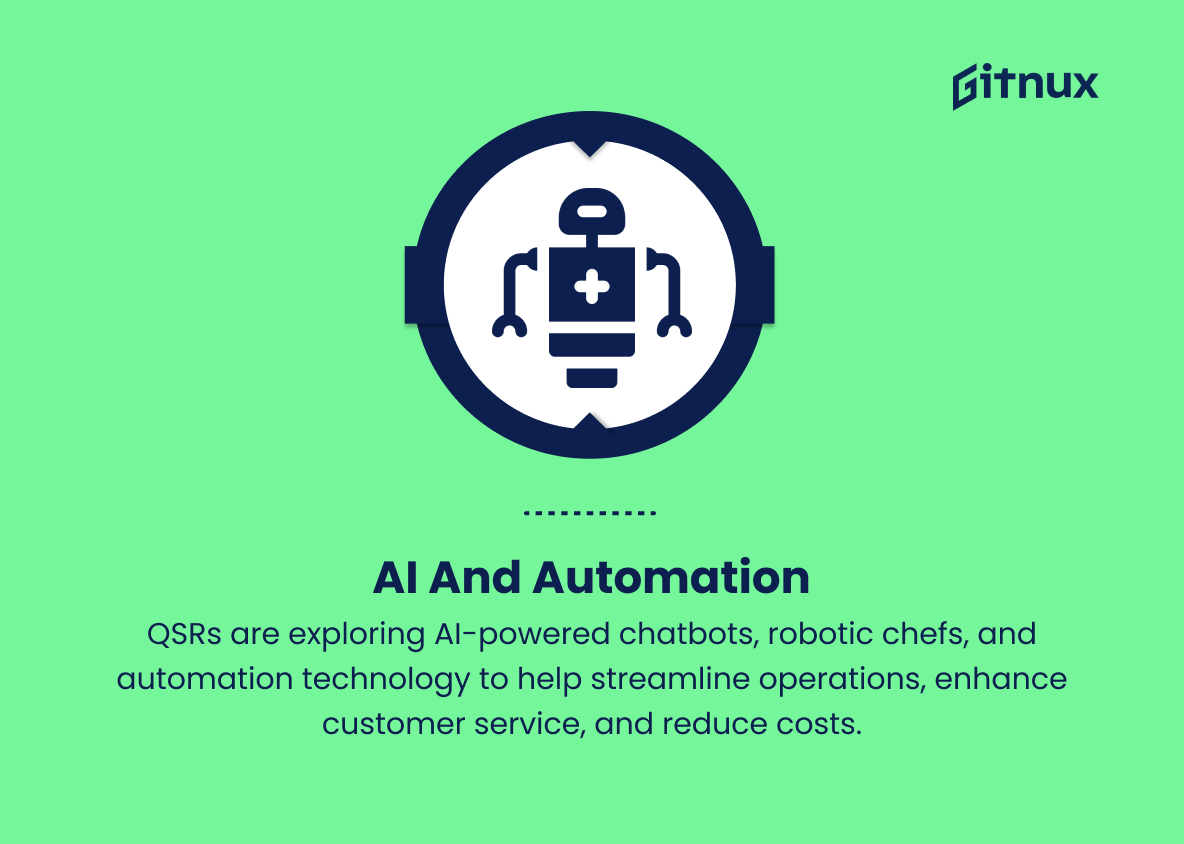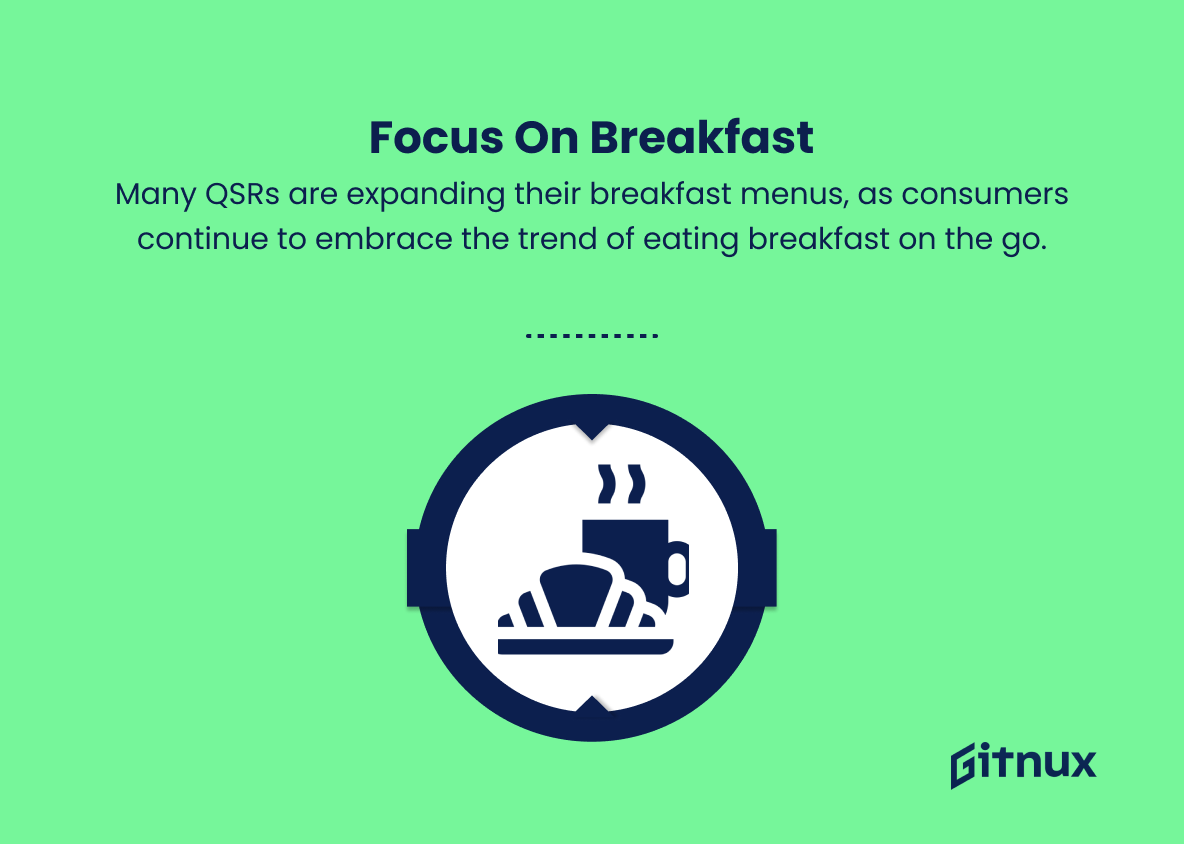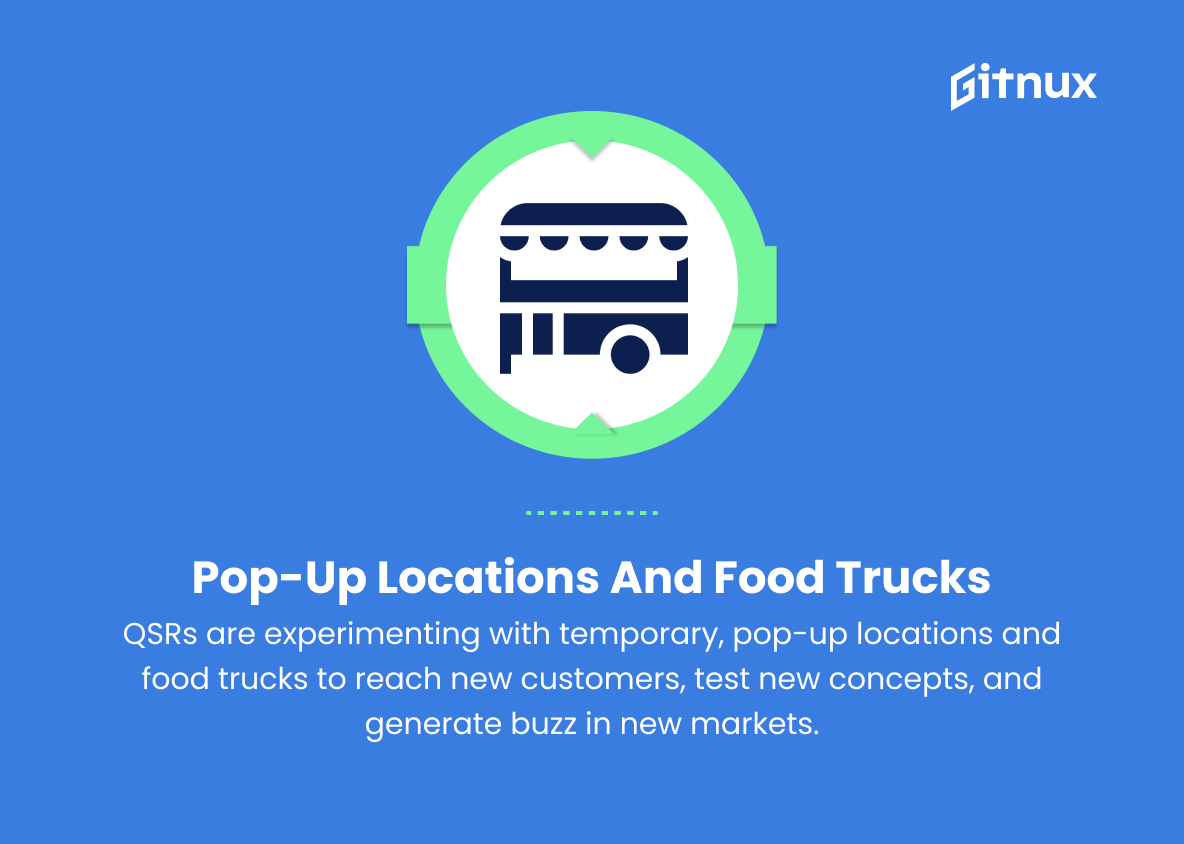As we venture deeper into the 21st century, the Quick Service Restaurant (QSR) industry continues its rapid evolution to cater to the ever-changing tastes and preferences of modern consumers. In this fast-paced, technologically-driven world, staying up-to-date with the latest trends in the QSR landscape is crucial for businesses seeking to thrive and maintain a competitive edge.
In this insightful blog post, we will delve into the most significant and innovative trends dominating the QSR sector, exploring how these developments are shaping consumer behavior, menu offerings, and overall dining experiences. Join us as we analyze industry shifts and uncover the key factors driving success for today’s leading fast-food and fast-casual dining establishments.
Top Quick Service Restaurant Trends
1. Mobile ordering and delivery
With the rise of food delivery apps, QSRs are increasingly partnering with these platforms to provide mobile ordering and delivery options for customers.
2. Drive-thru innovation
Many QSRs are upgrading their drive-thru experiences with digital menu boards, improved speaker systems, and artificial intelligence (AI) technology to streamline orders and increase efficiency.
3. Plant-based menu options
As the demand for vegan and vegetarian options continues to grow, QSRs are incorporating plant-based proteins and menu items to cater to customers’ dietary preferences.
4. Ghost kitchens
QSRs are tapping into the ghost kitchen model, where they can produce and deliver food without the need for a traditional restaurant space to minimize overhead costs and focus on off-premise consumption.
5. Personalization through technology
QSRs are increasingly using data-driven technology to create personalized experiences for customers, such as customized menu recommendations and targeted marketing campaigns.
6. Sustainable packaging
To reduce the environmental impact of disposable packaging, QSRs are experimenting with eco-friendly packaging alternatives like compostable and biodegradable materials.
7. Touchless payment options
Contactless payment systems are becoming a standard at QSRs, making transactions more efficient, safer, and more hygienic for customers.
8. Health-conscious menus
Consumers are increasingly aware of the importance of healthy eating, leading QSRs to implement menu items that are fresh, nutritious, and less calorie-dense.
9. International cuisine
QSRs are diversifying their menus by incorporating international flavors and dishes to appeal to consumers’ evolving palates.
10. Smart menu boards
Restaurants are replacing traditional static menu boards with digital and interactive ones, allowing them to easily update offerings, showcase promotional items, and incorporate eye-catching imagery.
11. AI and automation
QSRs are exploring AI-powered chatbots, robotic chefs, and automation technology to help streamline operations, enhance customer service, and reduce costs.
12. Virtual reality (VR) and augmented reality (AR) experiences
To create an immersive and engaging environment, some QSRs are incorporating VR and AR features within their stores or through their mobile apps.
13. Loyalty programs and mobile apps
To encourage repeat business and gather valuable customer data, QSRs are increasingly implementing loyalty programs and mobile applications that offer rewards, discounts, and personalized marketing.
14. Focus on breakfast
Many QSRs are expanding their breakfast menus, as consumers continue to embrace the trend of eating breakfast on the go.
15. Pop-up locations and food trucks
QSRs are experimenting with temporary, pop-up locations and food trucks to reach new customers, test new concepts, and generate buzz in new markets.
Implications
The future of Quick-Service Restaurants (QSRs) revolves around incorporating innovative technology, sustainability, and diverse menu options to accommodate evolving consumer preferences. The rise in mobile ordering and delivery platforms enable QSRs to reach more customers, while drive-thru innovations and AI technology contribute to increasing efficiency and enhancing customer experiences.
Ghost kitchens and pop-up locations allow for cost-effective expansion, while personalization through technology and loyalty programs helps foster customer retention. The growing demand for plant-based and health-conscious menu options, alongside the integration of international cuisine, ensures that QSRs cater to varied dietary preferences.
Embracing sustainable packaging options and touchless payments highlights the industry’s commitment to reducing environmental impact and prioritizing consumer safety. Moreover, integrating AI, automation, VR, and AR into daily operations is set to revolutionize the in-store experience. With a focus on expanding breakfast menus and tapping into the food truck trend, QSRs continue to evolve and innovate in response to the ever-changing market demands.
Conclusion
In conclusion, the constantly evolving Quick Service Restaurant industry continues to adapt and innovate in order to meet the ever-changing demands of consumers. The trends we have discussed, including the increased focus on technology, emphasis on health-conscious and sustainable menu options, and the rise of the ghost kitchen model, are just a few examples of how these establishments are shaping the future of dining out.
With convenience, accessibility, and efficiency at the forefront, the Quick Service Restaurant industry remains a dominant player in the world of food service. For continued success, it will be critical for these establishments to stay in tune with customer preferences and adapt to the latest trends, ensuring the dining experience is always satisfying, enjoyable, and innovative.
